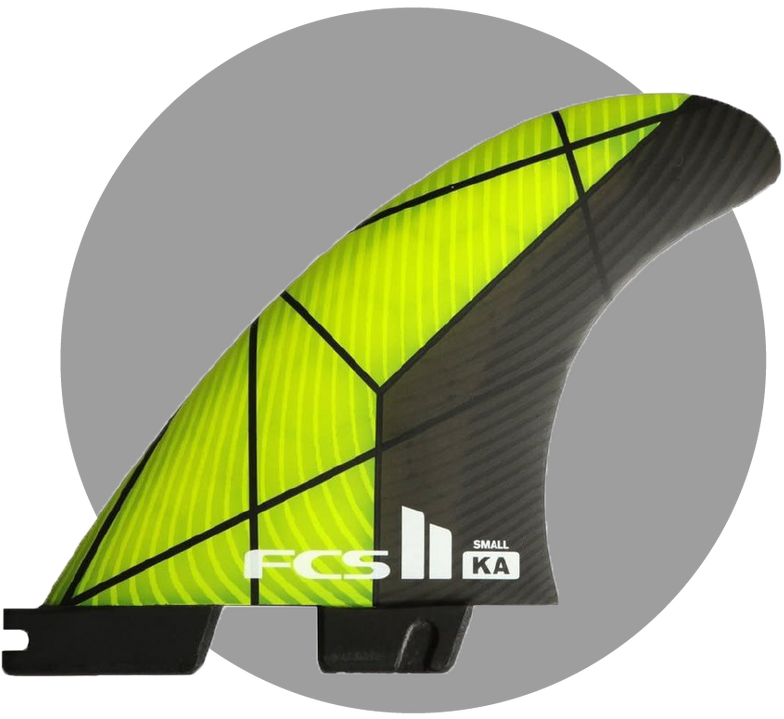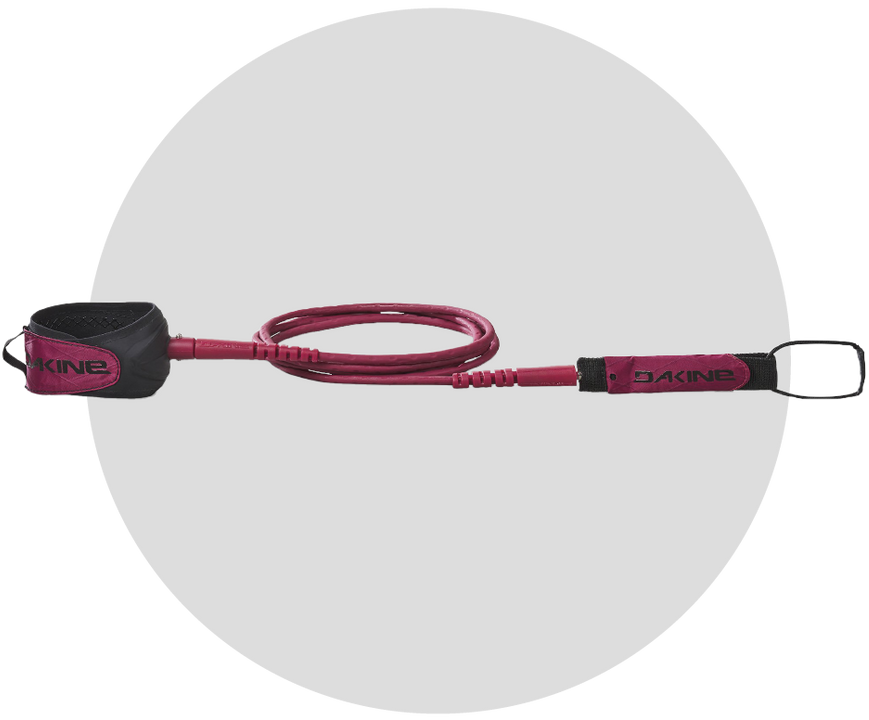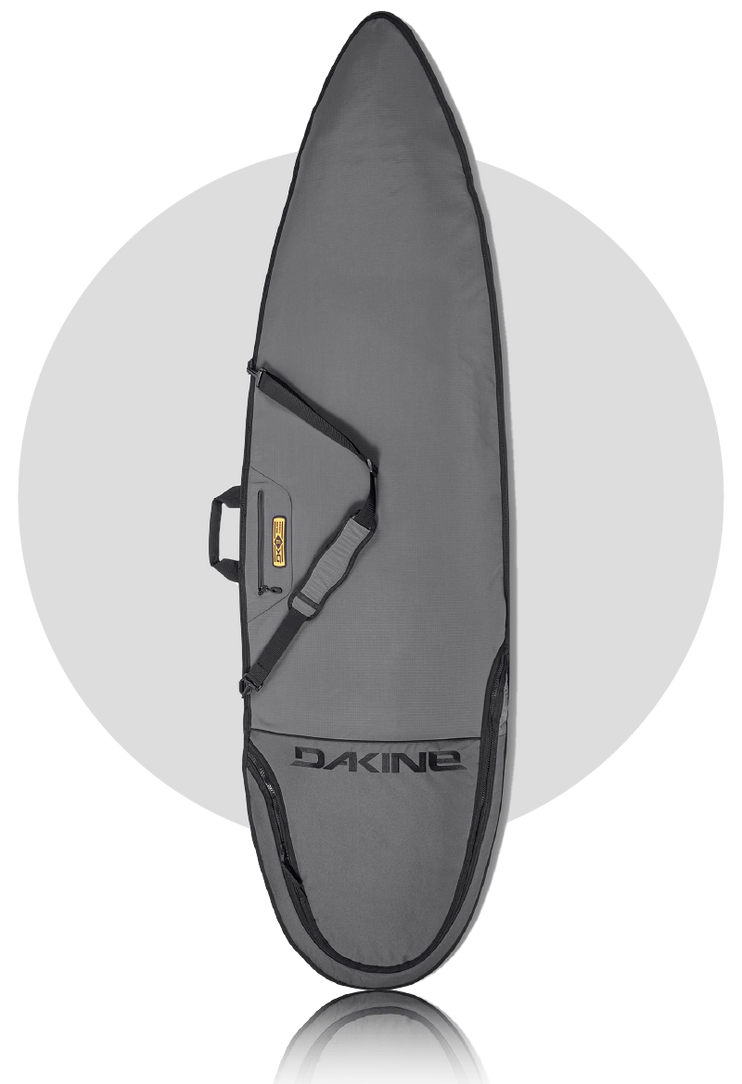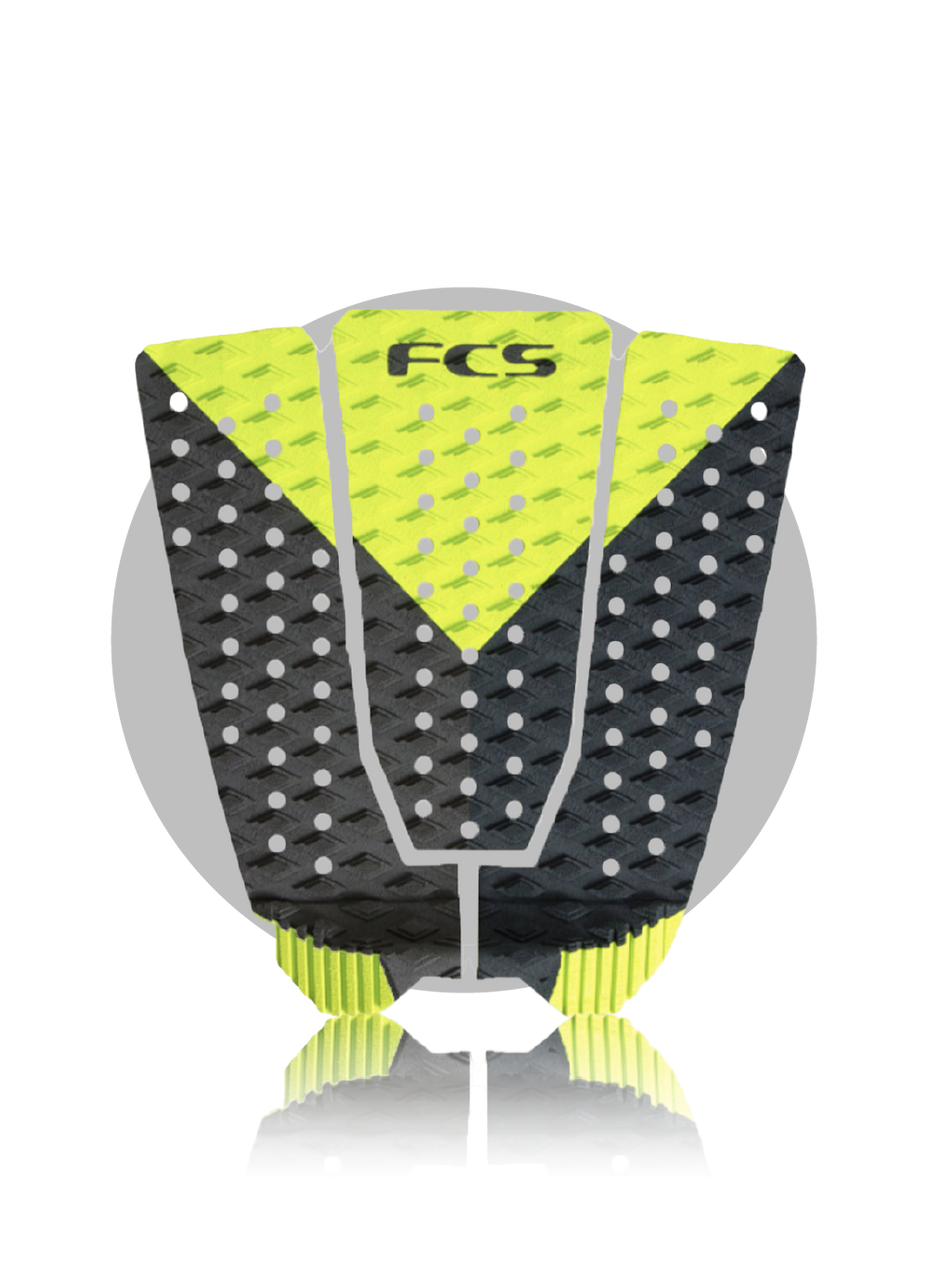Details:
Brand: Aipa
Model: Sting
Length: 6'8"
Width: 22 1/4"
Thickness: 3 1/2"
Volume: 54.7L
Fins: Single / Futures (not included)
Construction: Poly
Shipping Cost: $155.00
Description: See photos to view pressure dent details.
The deck has a medium under glass shatter that is water tight.
The tail has a pro-repair on the swallow that is water tight & and under glass shatter that is also water tight.
The rails have an under glass shatter that is water tight.
The fin box has an extra small under glass crack that is water tight.
More Information
In 1971, Ben Aipa introduced the swallow tail, but he didn’t stop there. Watching his team riders push their limits, he realized their boards were still missing something — a design element that could unlock even higher levels of performance.
That breakthrough came in 1974 at a boat race on Oahu. Aipa noticed one vessel consistently outpacing the rest: a hydroplane speed boat. Its ability to rocket through turns and throw massive sprays of water through the cut-out section of its hull sparked an idea.
“He made skate-inspired maneuvers and powerful surfing come together,” recalls his son, Duke Aipa.
Fueled by that vision, Ben hurried to his shaping room. Starting with a swallow-tail shortboard outline, he widened the forward section, then carved in a new contour inspired by the hydroplane’s hull. Working tirelessly, he created what became the very first Sting. When Larry Bertlemann tested it at Lighthouse on Diamond Head, his turns were tighter, sharper, and faster than ever. Watching from above, Ben muttered to himself, “Man… Larry is stinging the waves.” With that, the Sting was born — a design that would shift the entire trajectory of performance surfing and influence every winged board that followed.
The Sting’s innovation lay in its outline. The wings essentially moved the board’s tail forward by a third, allowing for quicker release and near-instant pivots in turns. The wider forward section provided extra planing surface to catch waves and drive down the line, while the wing cut-ins pulled the tail’s outline tighter than usual, producing faster response and a more dynamic feel underfoot. In its first few years alone, the Sting went through endless refinements — and five decades later, it’s still evolving, proving just how timeless Aipa’s design genius really was.















